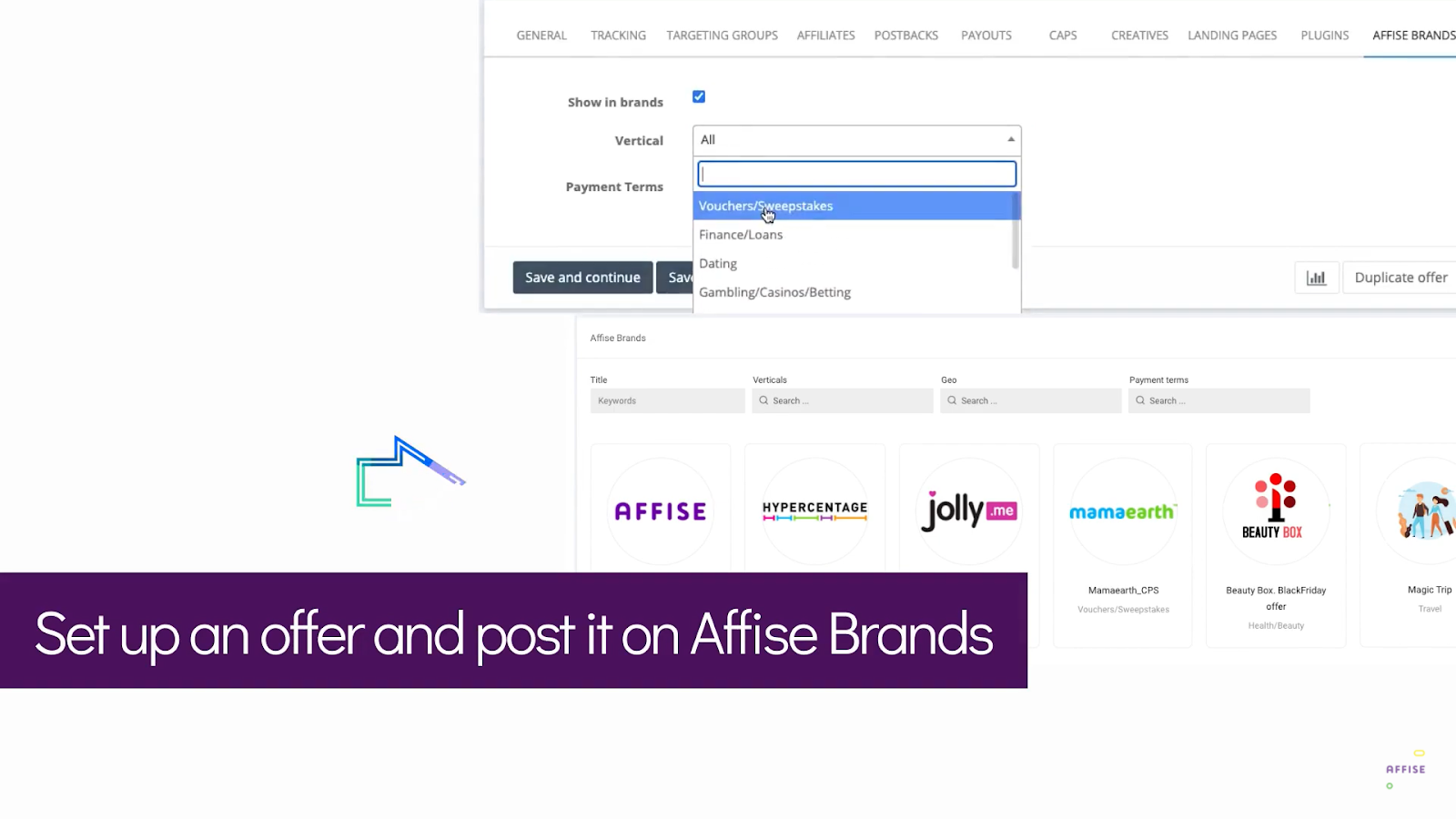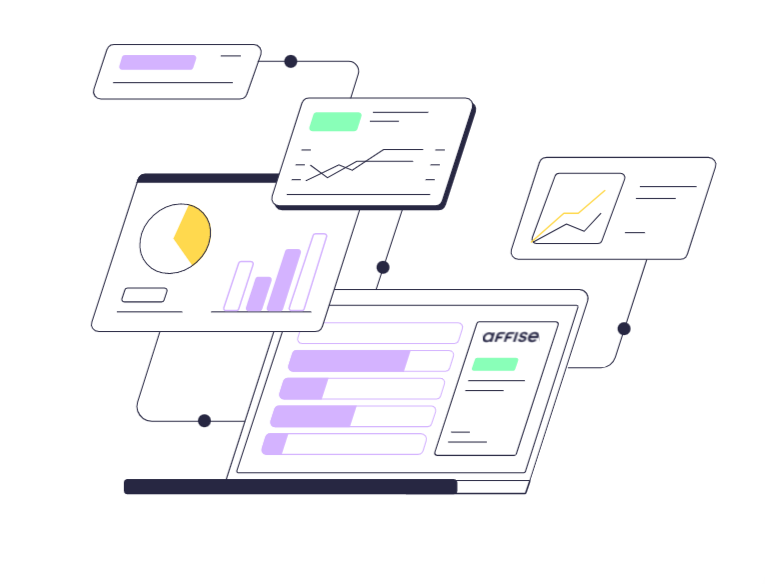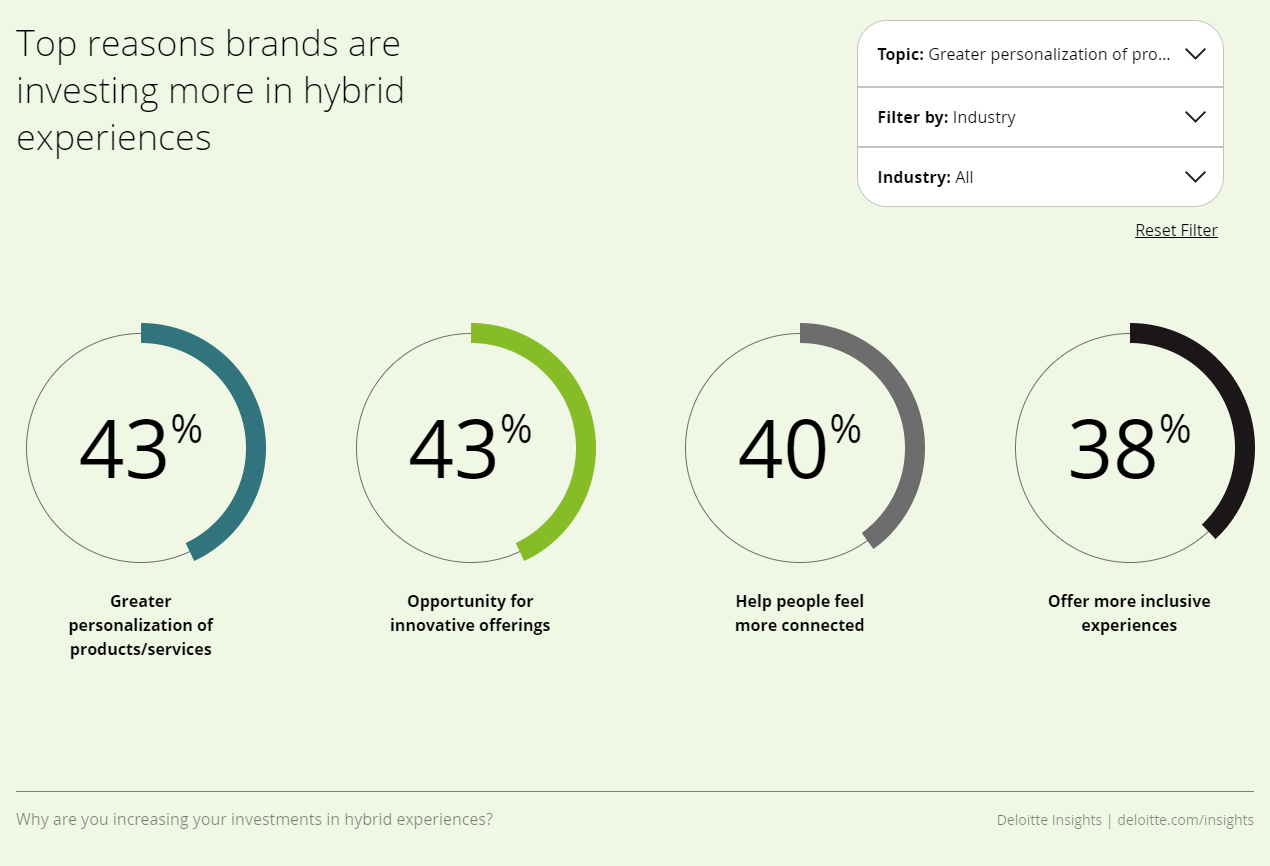Source
Creating a seamless hybrid CX means that more than ever, marketing teams will have to collaborate closely with customer support, web design, and product development departments.
There is no reason marketers shouldn’t be getting involved with all aspects of the brand experience. This way they can make sure marketing goals are articulated across projects—from early production tests to after-sales user support.
11. New search and payment methods
In 2022, marketers need to be aware of changing search and payment habits if they want to optimize their efforts for the evolving landscape of commerce.
When it comes to the way people search the internet, it pays to know the search patterns of your target audience as well as the general trajectory of web-search behaviors.
Consider voice search, for example. A 2021 survey by the Manifest found that 63% of over-55s questioned had never used voice search, while 27% of 35—54-year-olds use it more than once a week.
The research suggests that while the overall popularity of voice search has declined since 2018, it is more popular among younger consumers than older generations.
In line with sales and development teams, marketing departments also need to keep pace with changes to the way people process payments.
While only an afterthought for many marketers, payment is a crucial part of the customer experience. Buyers want a seamless transaction across channels and providing one can increase retention and customer satisfaction.
To deliver a superior customer experience, companies need to embrace innovative payment solutions and invest in upgrading their FinTech infrastructure to meet the demands of the modern consumer. This includes things like QR payments, payment links, and digital wallet capabilities that make it quicker and easier for buyers to pay.
12. Mobile marketing
No longer a minor part of digital marketing, mobile marketing is now a recognized discipline in its own right. Marketers increasingly recognize mobile marketing as essential for driving growth, both in mobile and traditional ecommerce.
Social commerce and M-commerce
Throughout 2021, the engagement gap between mobile-native platforms Instagram and TikTok compared to older, more PC-oriented ones like Facebook and Twitter continued to grow. As such, it should come as no surprise that social commerce and social media marketing are increasingly mobile-focused.
As well as higher engagement rates for both organic and paid content, Instagram and TikTok have also outperformed Facebook and Twitter when it comes to growth, both in terms of overall users and average daily usage.
Of course, that’s not to say that maintaining a company Facebook page isn’t still important. For companies with an older customer base especially, Facebook continues to be an important marketing channel. But pretty much all social platforms have a mobile app that you should be taking into account.
Besides changing platform usage, rising trends in mobile marketing and M-commerce include the growth of hyperlocal targeting and an emphasis on ecosystem integration. If you have an app, make sure it integrates with the popular social media platforms and ensure that your mobile commerce channels, whether web- or native app-based, are optimized for one-click purchases.
Mobile privacy & fraud prevention
Another key mobile marketing trend to keep abreast of in 2022 is the importance of mobile privacy and the expectation that brands will prioritize securing personal information and protecting customers from fraud.
That is to say, anti-fraud measures are not just important for preventing ad fraud, but also need to be implemented in all processes that involve customers’ personal data.
Get ahead of the 2022 global marketing trends
Now is the perfect time to reevaluate your marketing plan. Ask yourself whether your current model is delivering the results you want and whether the techniques and technologies you’re applying are up to date.
With a better understanding of the latest trends, make 2022 the year you step up your marketing game and find out what a new approach can do for your business’ growth!























